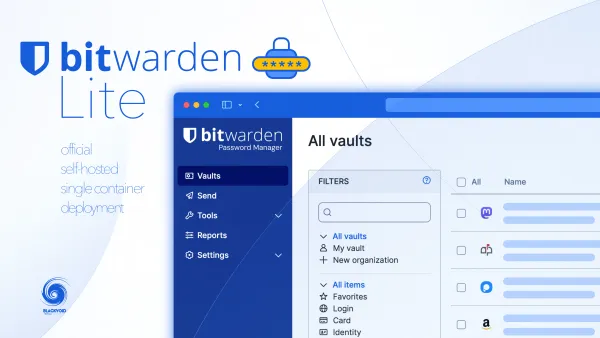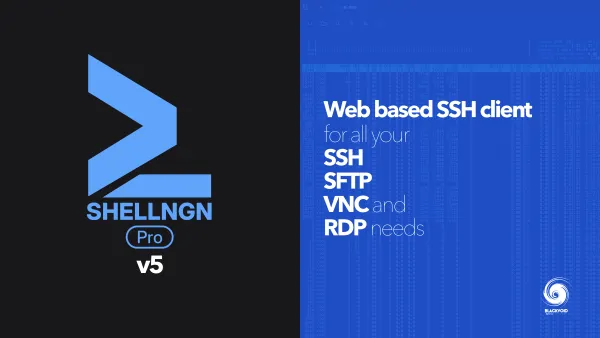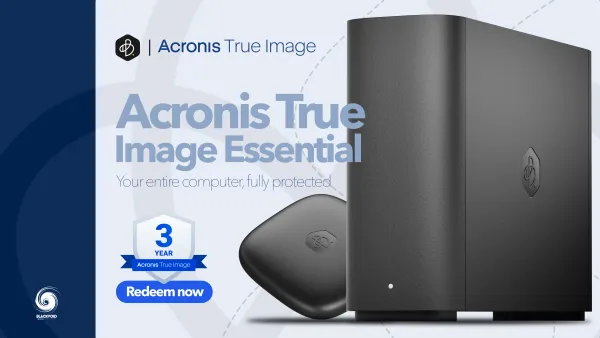Beelink ME mini - The next Twin Lake PLEX server
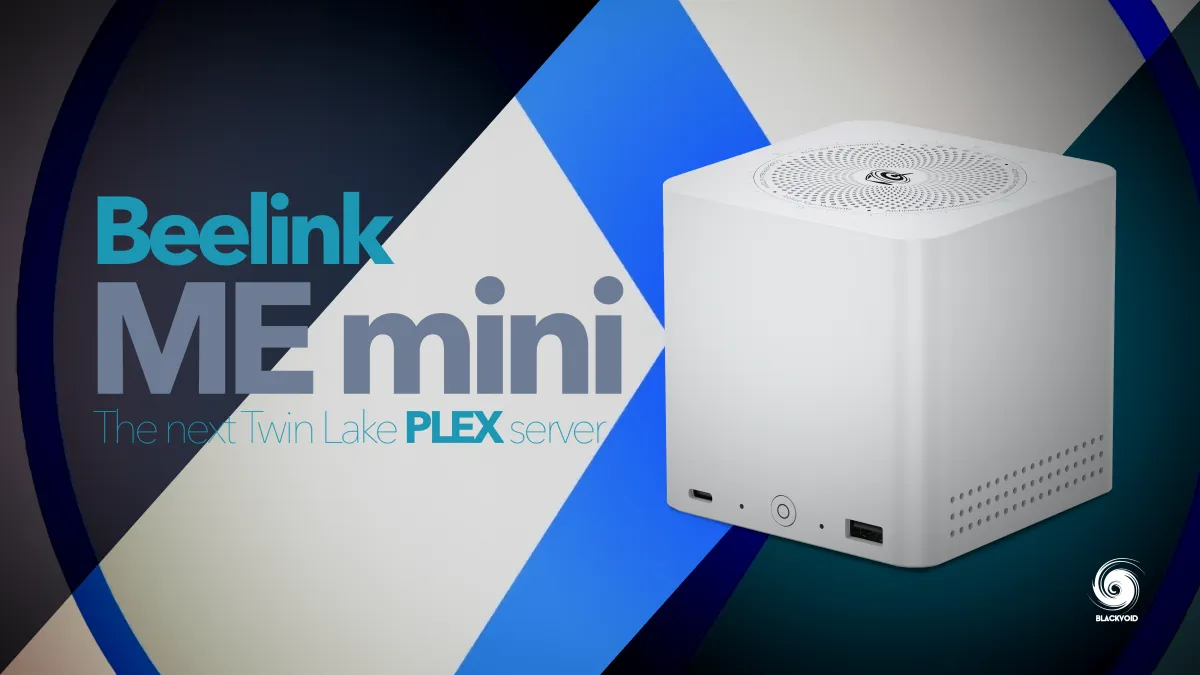
While this site is a dedicated Synology site, from time to time, we still write about other things, like Docker, or in this case, Plex. If you were ever at least a little bit involved in any local media streaming, you certainly heard of the Plex platform.
For many, myself included, Plex is the go-to platform when we talk about media streaming. It has a very wide support of both client and server platforms, making it an ideal candidate for hosting local TV shows, movies, music, and more.
While I could talk about it for hours, the real reason for this article is a review of a new piece of hardware by Beelink, and how it can serve as a perfect Plex server.
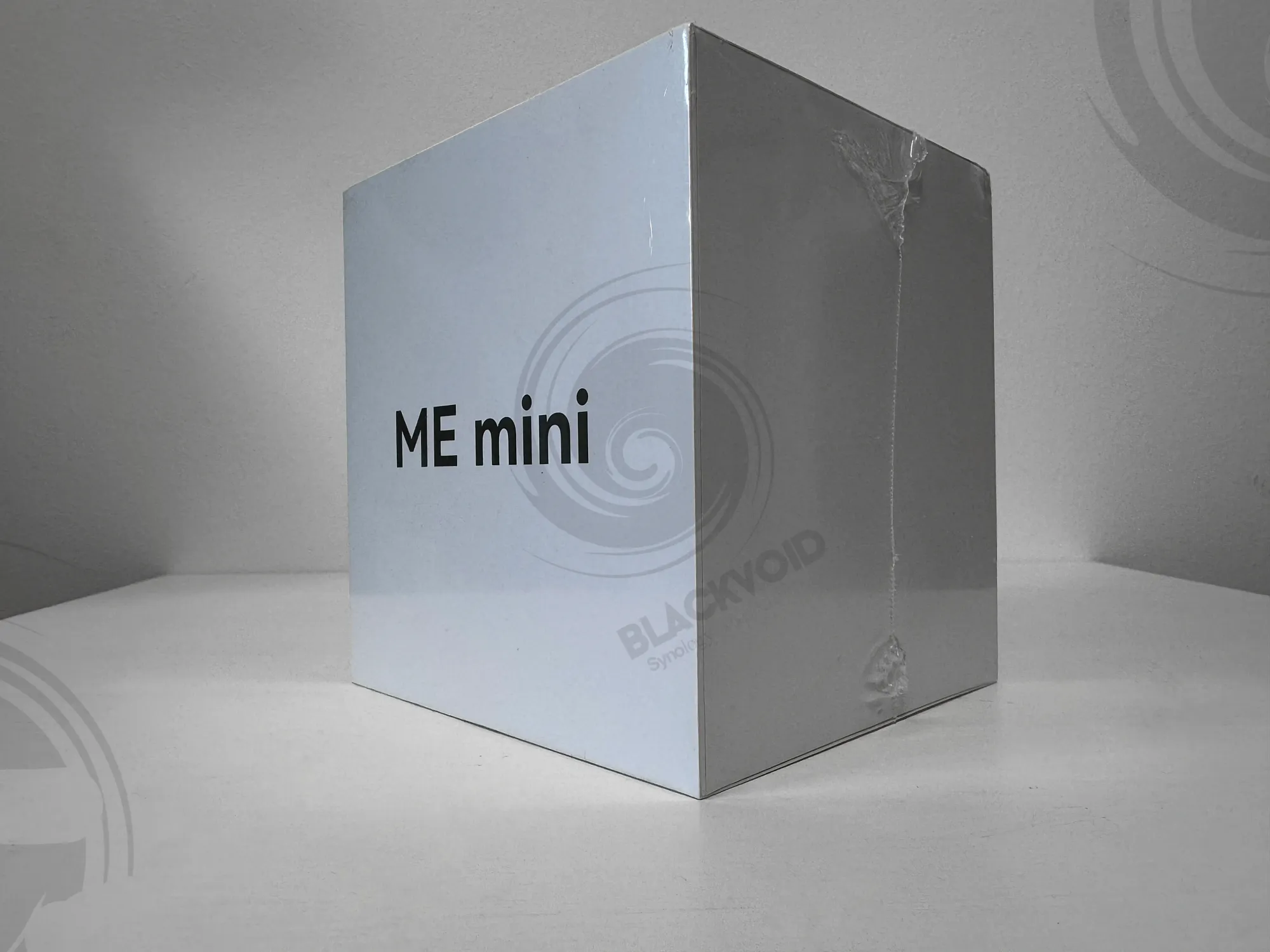
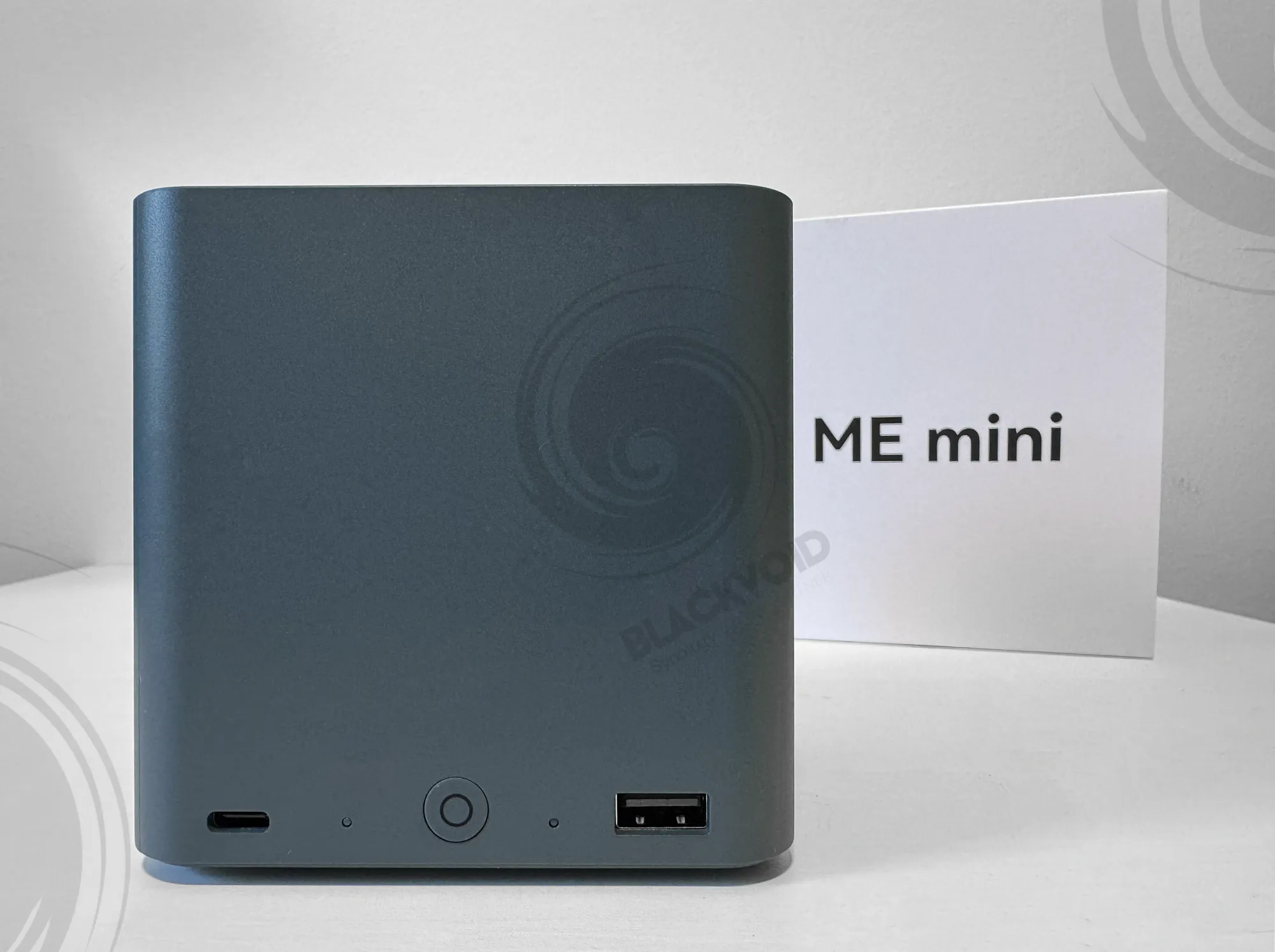

Presently, I use two Synology NAS servers as my Plex servers, and both of them are only in the role of a compute device, not the actual storage for any local content. The devices are from Synology's X18 lineup: the DS718+ and the DS918+.
Both are running the Apollo Lake generation of CPUs, specifically the Intel Celeron J3455. Combined with the Intel QuickSync technology and Intel HD 500 GPU series, these CPUs serve great as a hardware transcoding machine for those scenarios when a remote Plex streamer wants the content in lower video quality, has sound issues, or simply wants to burn in some foreign subtitles.
This quad-core 14nm CPU came out in mid-2016 and entered EOL a few years ago, back in September of 2023. With a low 10W TDP, it offers a lot, and still serves great even with modern 4K content.
Still, all things come to an end, and one thing that never stops is technology. In terms of media streaming, those would be new HDR standards, more pixels, and the need to run more up-to-date clients and servers to support the said technology stack.
This is the reason that today, we will be looking into a more up-to-date device that fits in the palm of your hand, and still offers 4x times better GPU performance, supports double the RAM as the Apollo Lake CPU, and uses 50% less power with TDP just over 6W.
Here is Beelink ME mini "NAS" device powered by Intel's Twin Lake N150 CPU. The said silicon came out in Q1 of 2025, supporting up to 16GB of RAM and 4K@60Hz.
The hardware
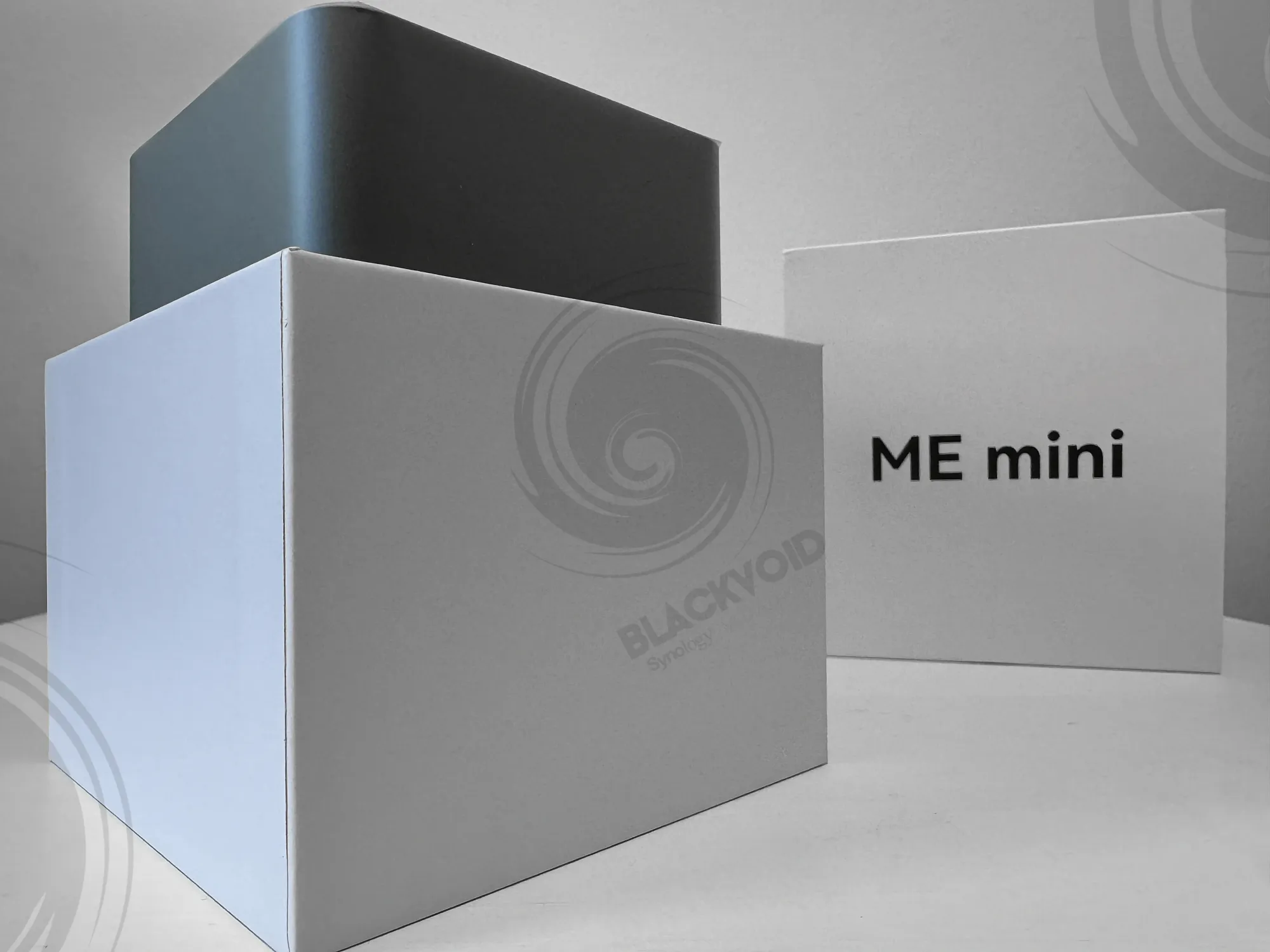
Beelink ME mini is a 10cm tall cube-like computer that is advertised as an NVMe NAS. The fact is that this model is platform agnostic, and while it does arrive with Windows 11 preinstalled on its 64GB eMMC, we can install pretty much anything we want on this little x86 device.
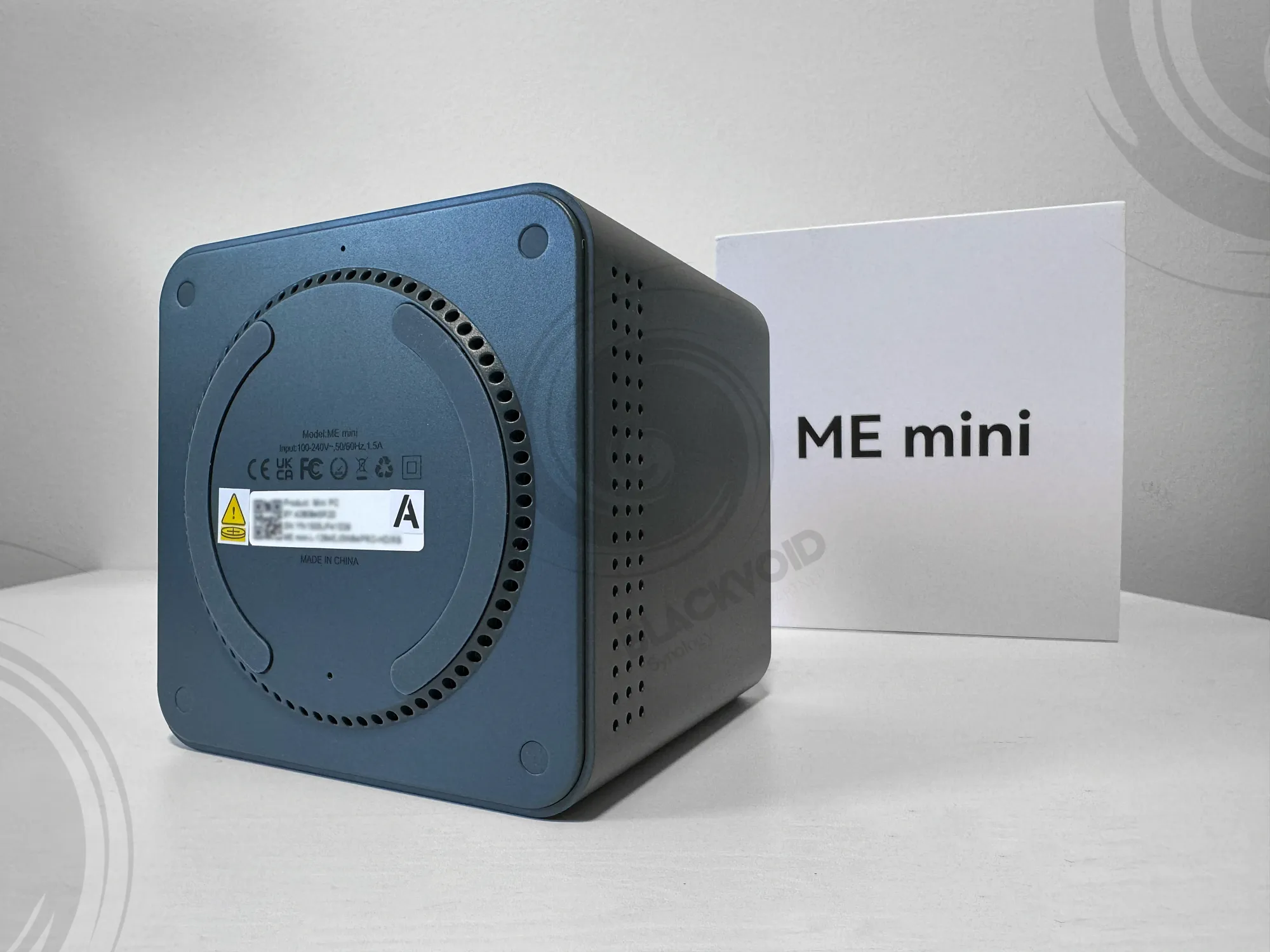
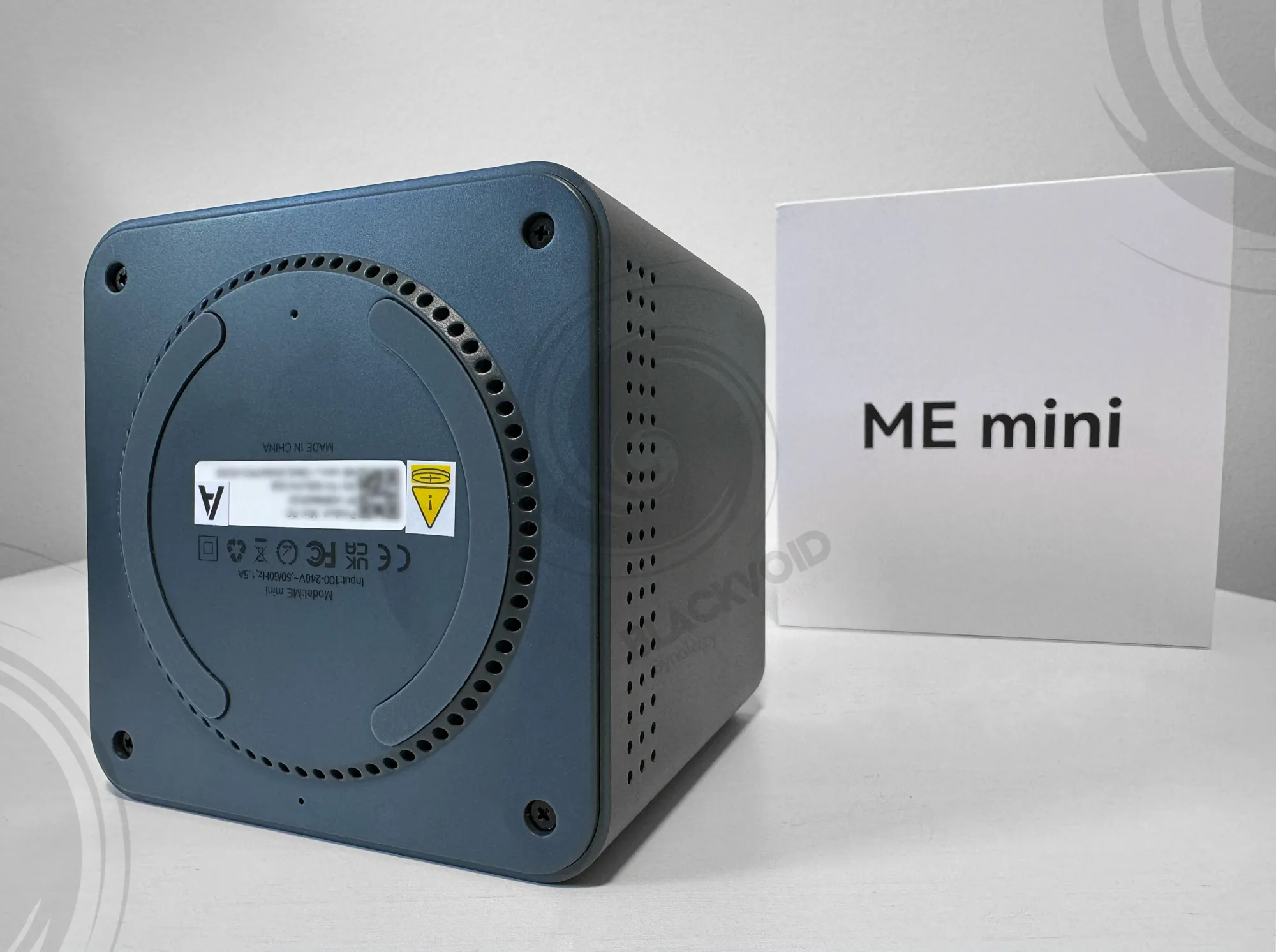
The bottom of the device has a rubber ring around it that is a welcome addition to minimize the device sliding as well as any small vibrations due to the central vent.
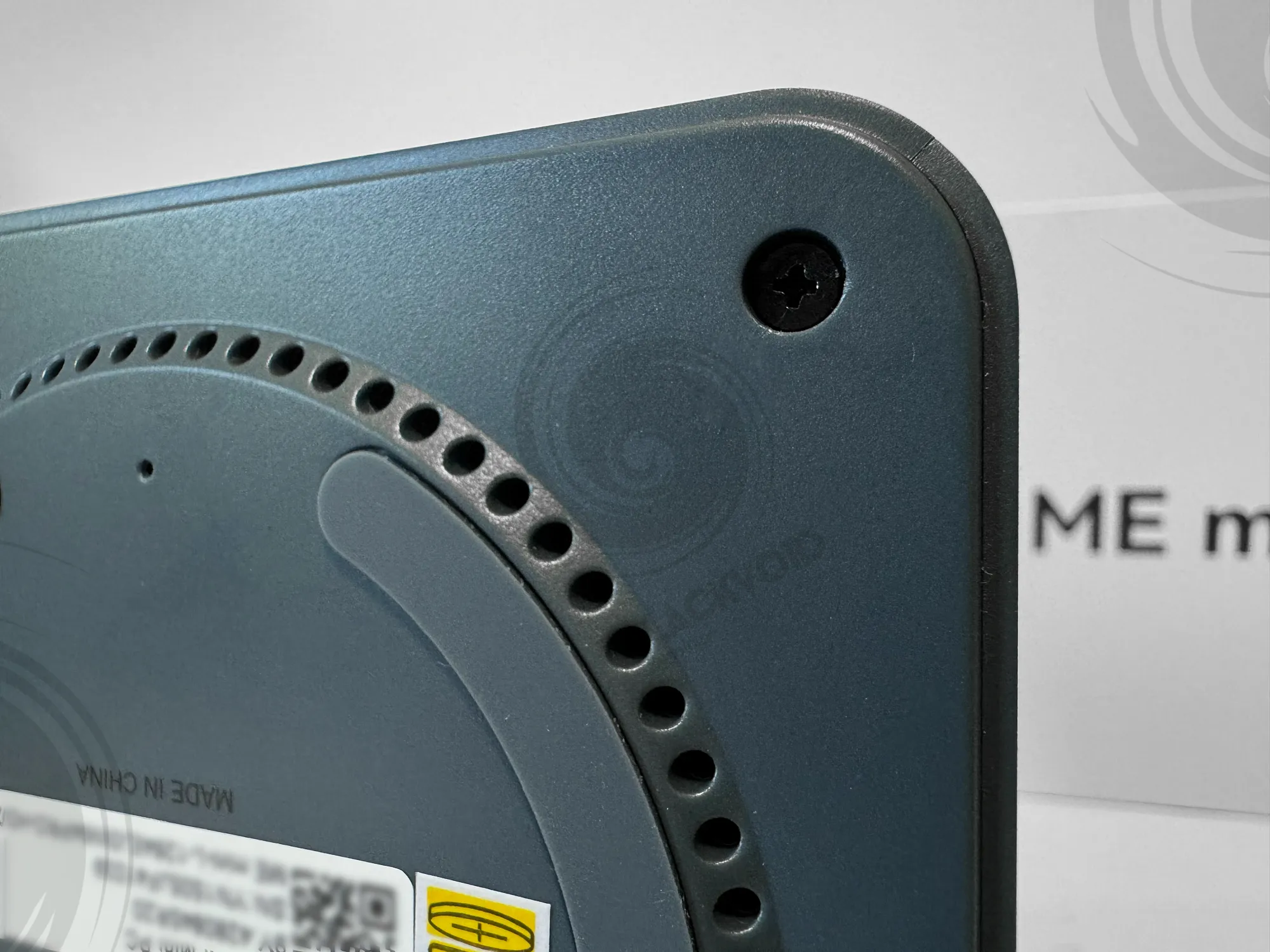
Under its hard plastic cover that is being held in place by four screws on the bottom, we will uncover a very compact setup, starting with the motherboard on the bottom, a huge central heatsink with a vent on top, and six NVMe slots on two opposite sides.
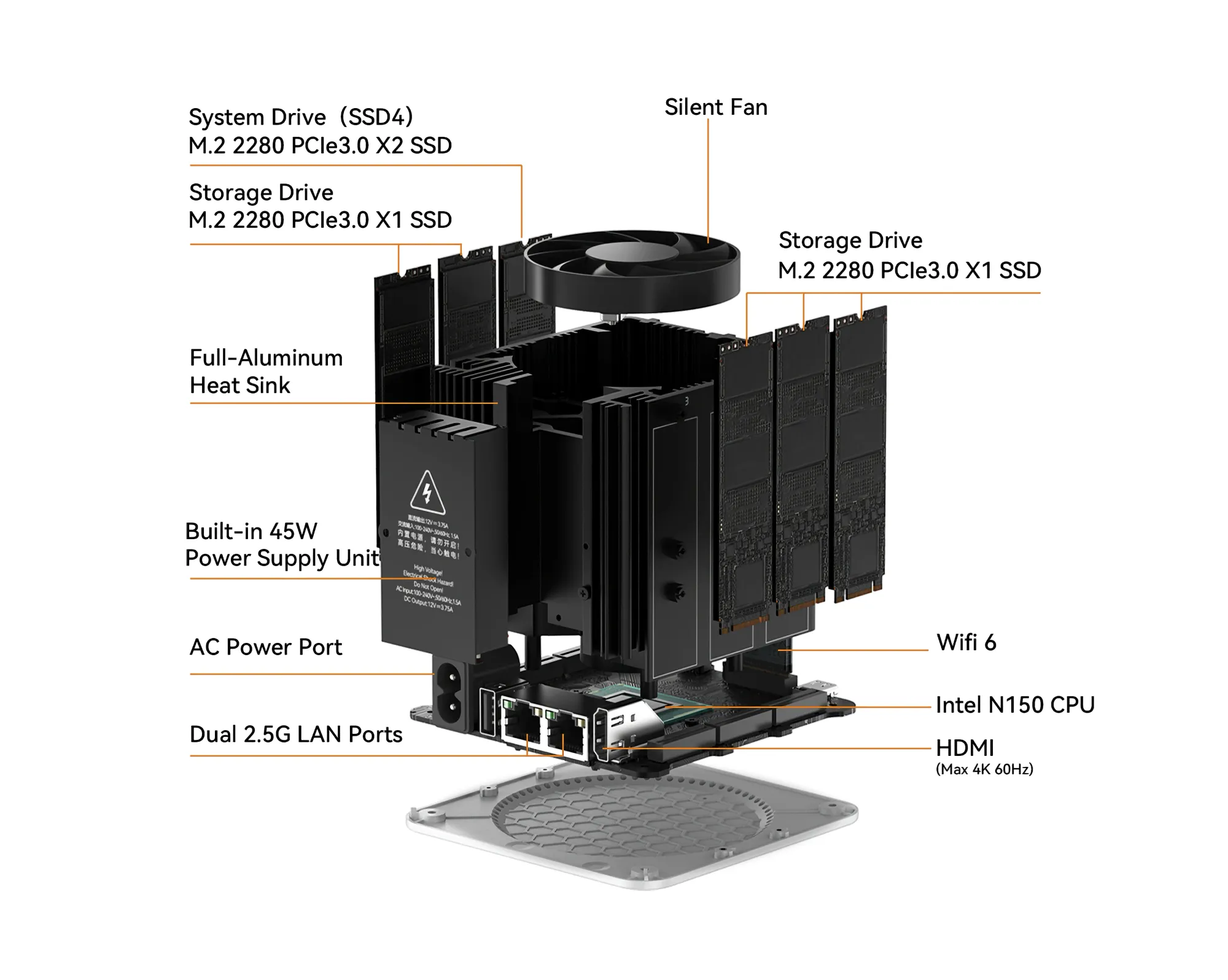
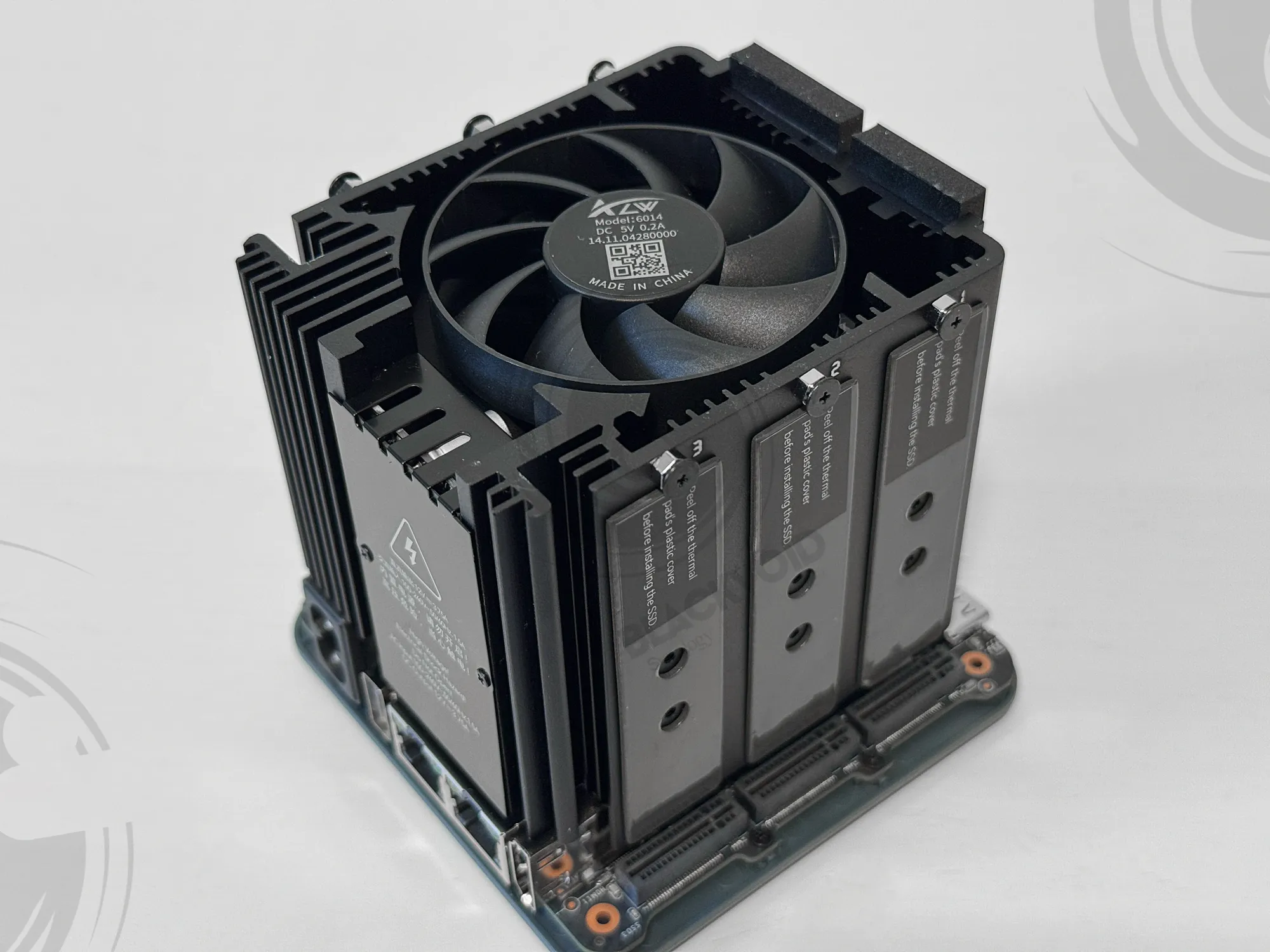
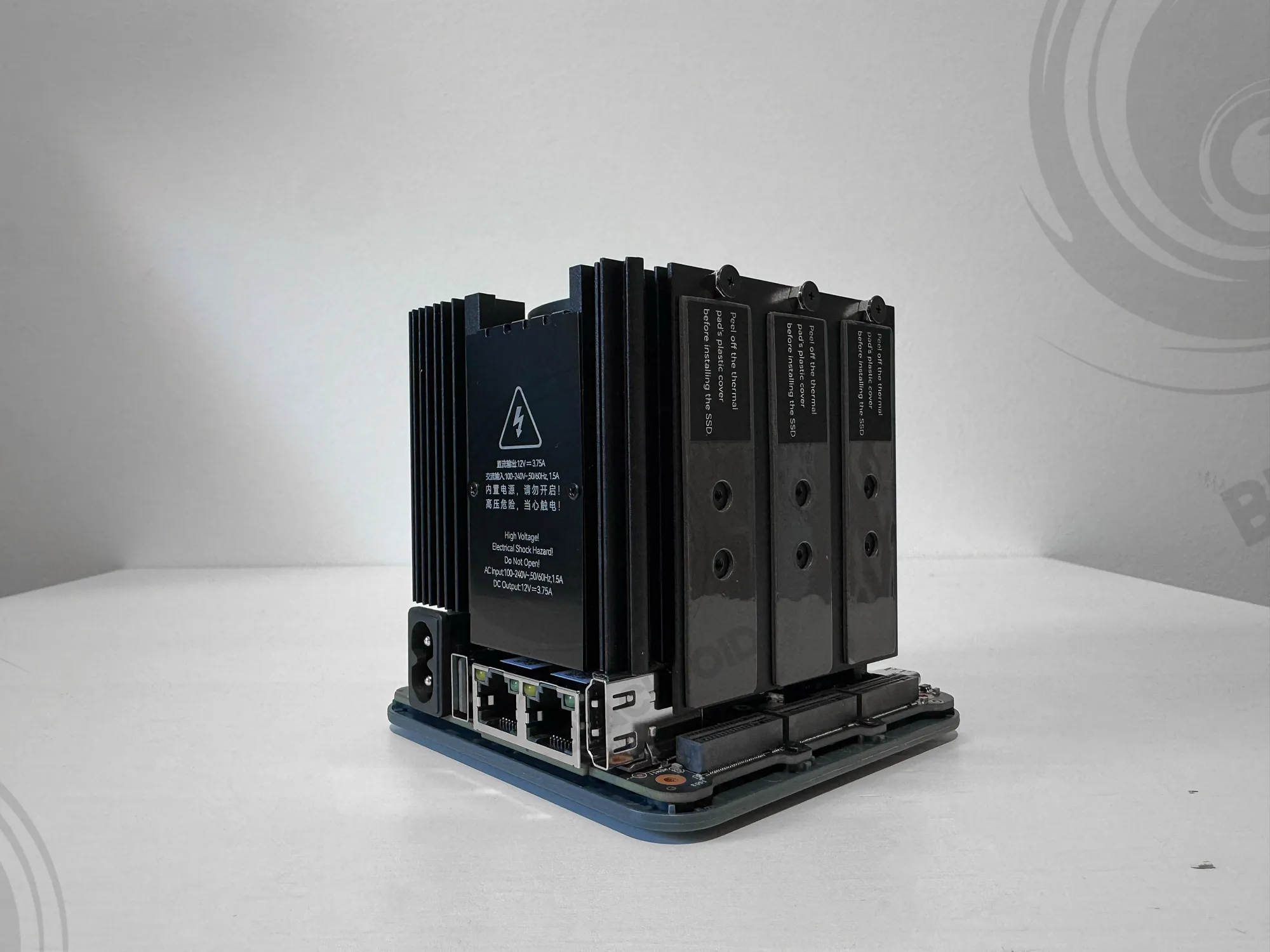
A compact minimal format with a built in power supply, six NVMe slots, and a full featured motherboard with Intel N150 CPU
Powered with dual 2.5GbE ethernet ports, the ME also has an HDMI port, a USB 2 port (for keyboard), as well as two USB 3.2 Gen 2 (10G) ports in both USB-A and USB-C standards. Finally, to top it all off, the device supports WiFi 6, while the antenna occupies one side of the internal cube wall.
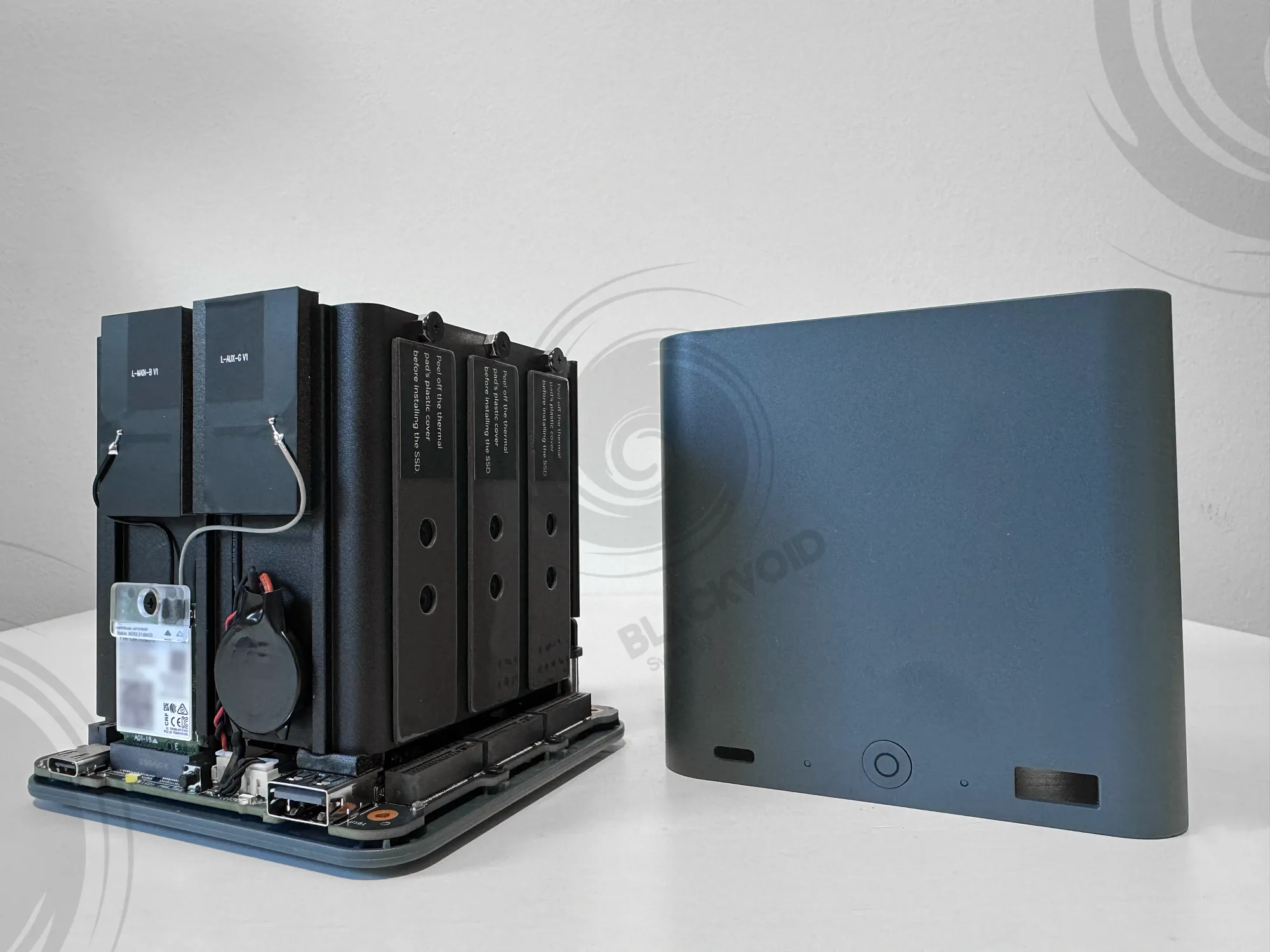
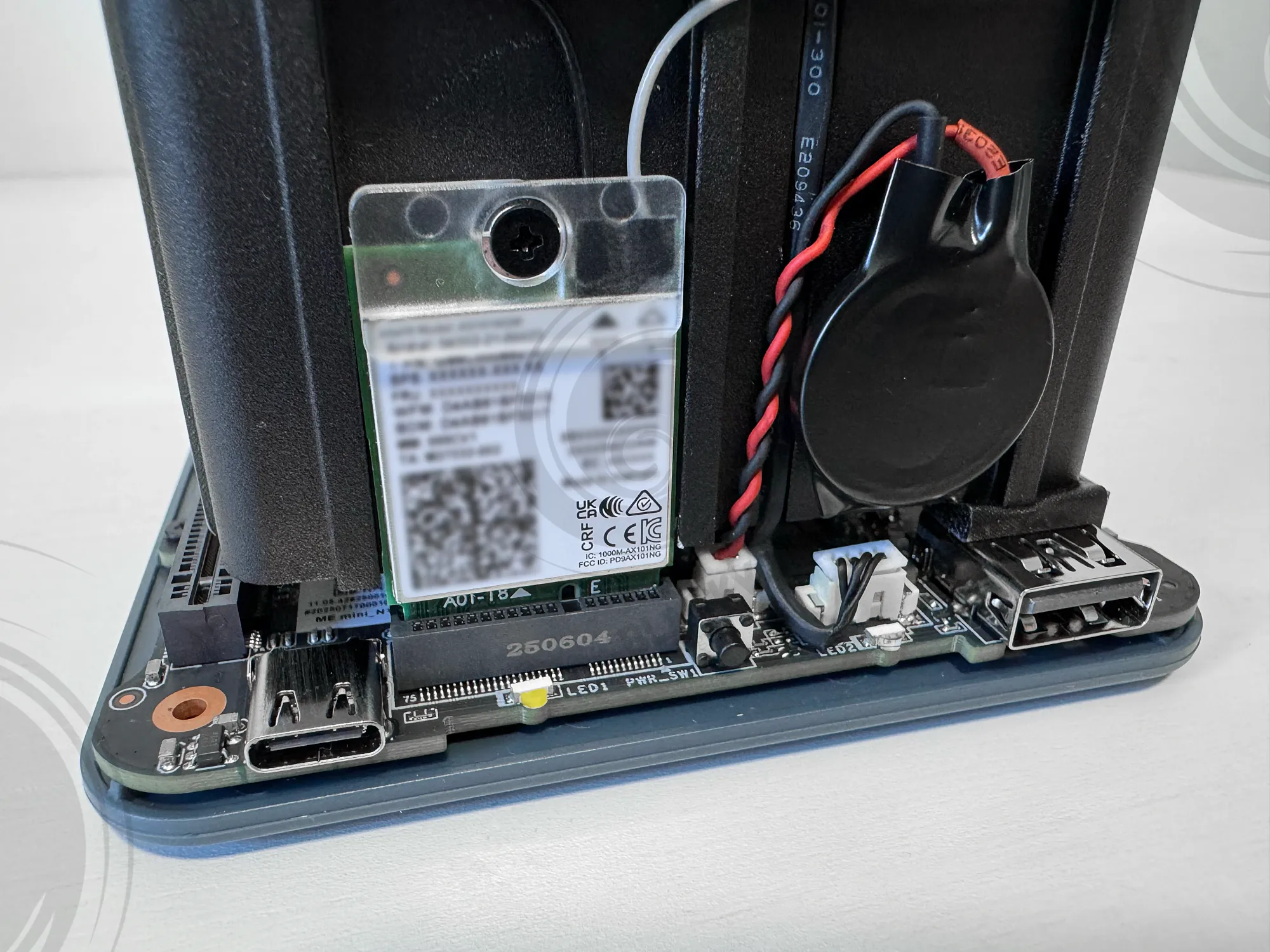
Five out of six NVMe ports are PCIe 3.0 x1, with only port four being PCIe 3.0 x2 capable. The max speeds we can expect on that particular port would be around 1.3-1.5 GB/s, more than enough for any network traffic transfer, as well as on device operations. Still, with the huge performance options of nowadays NVMe drives and low prices, we won't be able to utilise those 7 GB/s transfers after all.
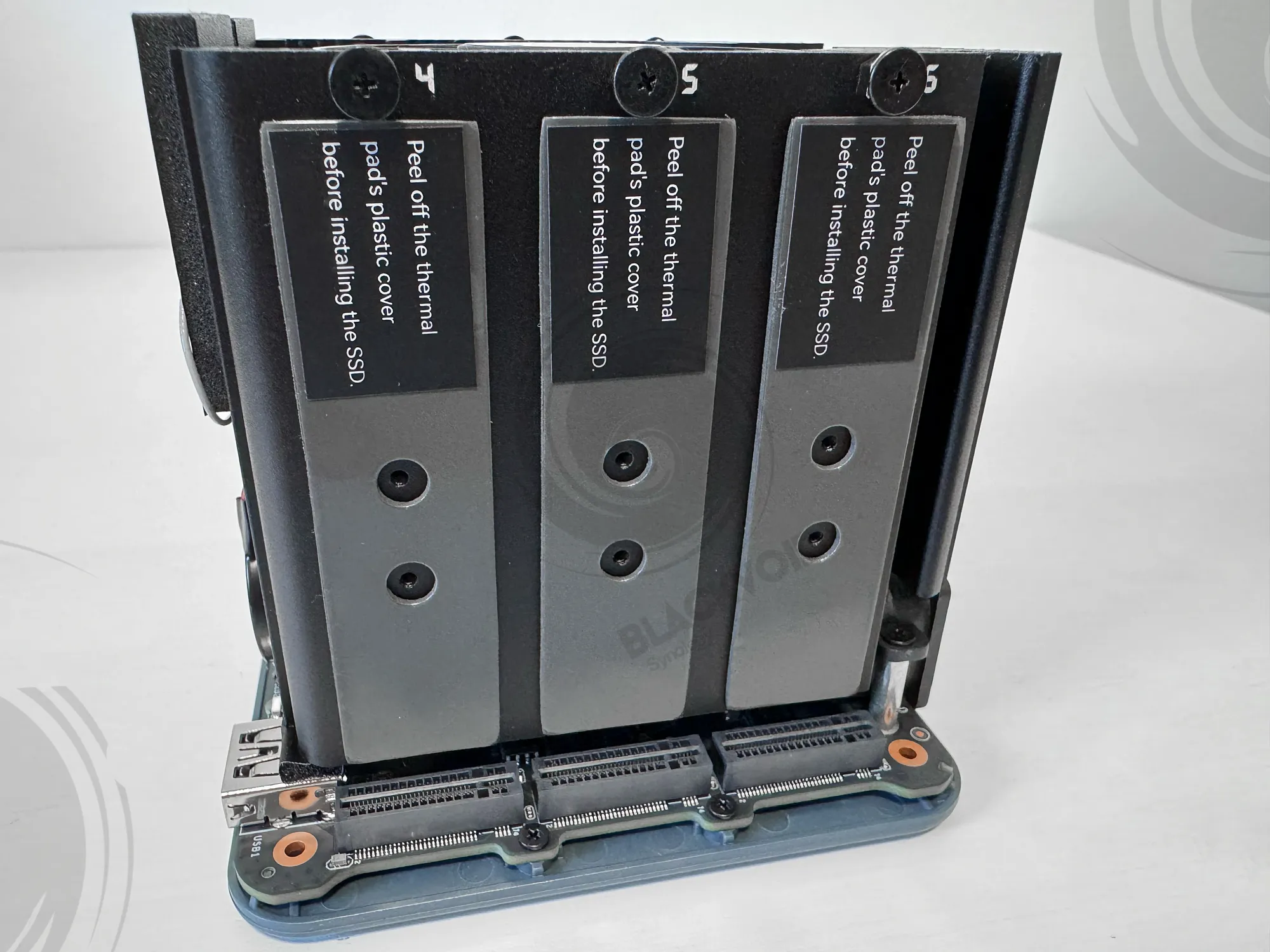

The general idea of this device was to offer a 24 TB NAS device that is super silent and can fit anywhere, including a palm of your hand, but while many will use it as such, it is a perfectly capable as a desktop computer for anyone not looking to do any gaming on it (apart from cloud gaming that is that works great).
For a full spec machine such as this one with six 4TB NVMe drives plus the device itself, we are looking at about 1400€ (September 2025). Now, is that a lot or not? You will be the judge of that, but anyone struggling with physical space or noise, this little cube could be just the right fit, offering plenty of speed, storage, and computer power, with only 20W of power consumption.
Can it run Synology DSM? Ofc it can!
The whole reason for this device was to test it out as my future Plex server. This is also the reason why it is running with only two 500 GB NVMe drives. Considering it will only serve as a Plex server, the RAID1 setup will offer more than enough space for all the metadata that will be needed.
My current Synology Plex servers are also running with 500GB SSDs in RAID1, so the formula here is the same, only with a fresh coat of paint and better hardware.
Coming with no strings attached with any specific operating system, we can install any OS on top of it, be it a Linux distro, UNRAID, or TrueNAS. If we are not up for installing anything at all, the existing Windows 11 version that comes with Beelink will give you a boost and get you going in a matter of minutes.
All mentioned options are capable of running Plex. Be it natively or via a container, or even a virtual machine. Thankfully, Plex runs just fine, no matter how it is hosted, so the ultimate choice is up to the user.
While I will not go into any details, coming from a Synology DSM background, I wanted to see if this setup could work with the said OS. Now, officially, there is no way to run DSM on a non-Synology device, but it can be done unofficially. With that, all I can say is that the Beelink gracefully accepted DSM as its OS, and the rest is history.
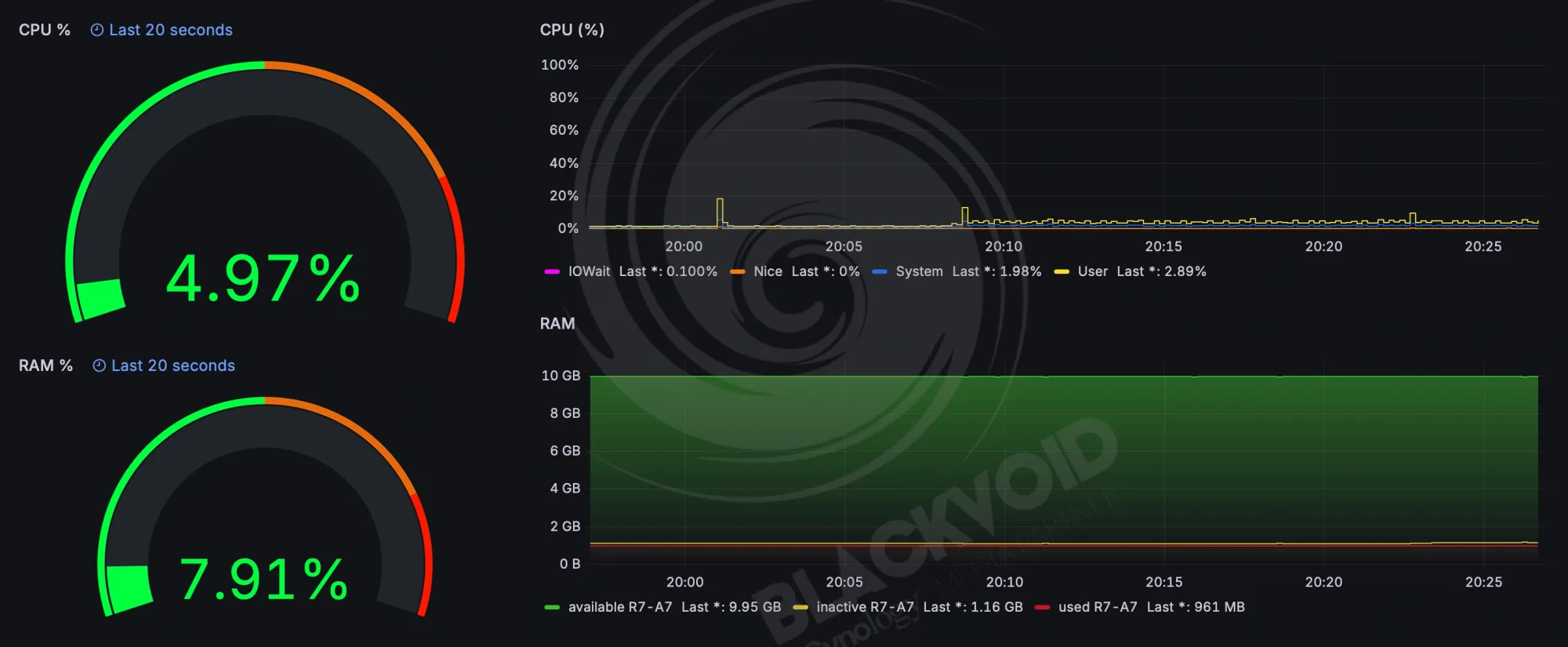

So why DSM? Call it habit, call it laziness. Call it whatever you want, the point is that after almost 18 years, I became accustomed to this OS, and it works great for my needs. Also, Plex is rock stable on it, and supported by Plex Inc. as well, so no reason (for me) to run it on anything else.
Plex tests
The whole point of this was Plex, so let's see how the latest Intel Twin Lake N150 CPU performs against a decade-old Apollo Lake Celeron J4125.
Now, almost any Synology model with the Celeron J4125 is capable of Plex hardware transcoding thanks to the Intel QuickSync feature. This is also true when it comes to their latest SOHO device, the BeeStation Plus, but unfortunately not for the X25 series, the DS425+, or the DS225+.
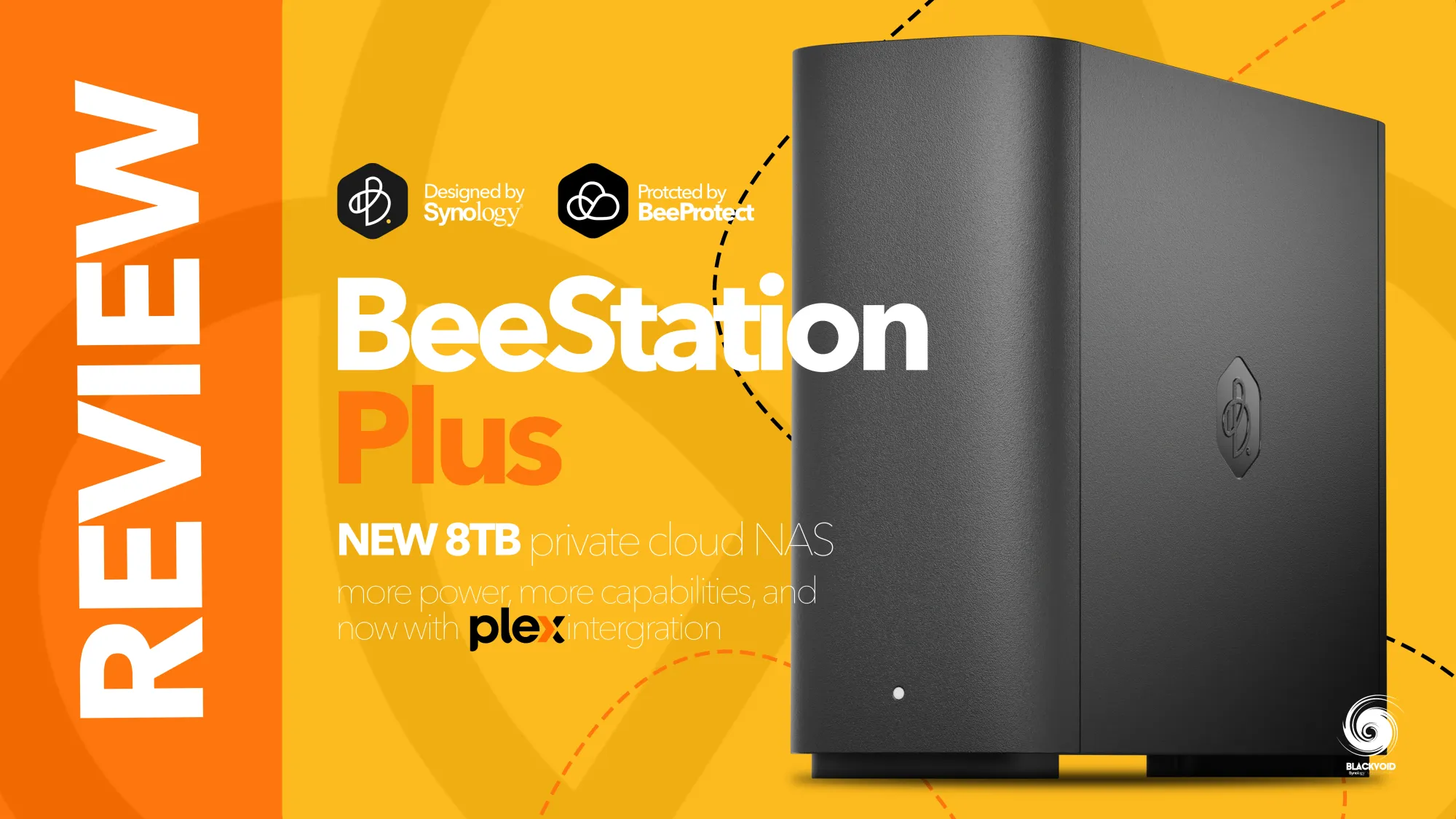
Beestation Plus is the latest Synology model that supports all features of Plex including HW transcoding
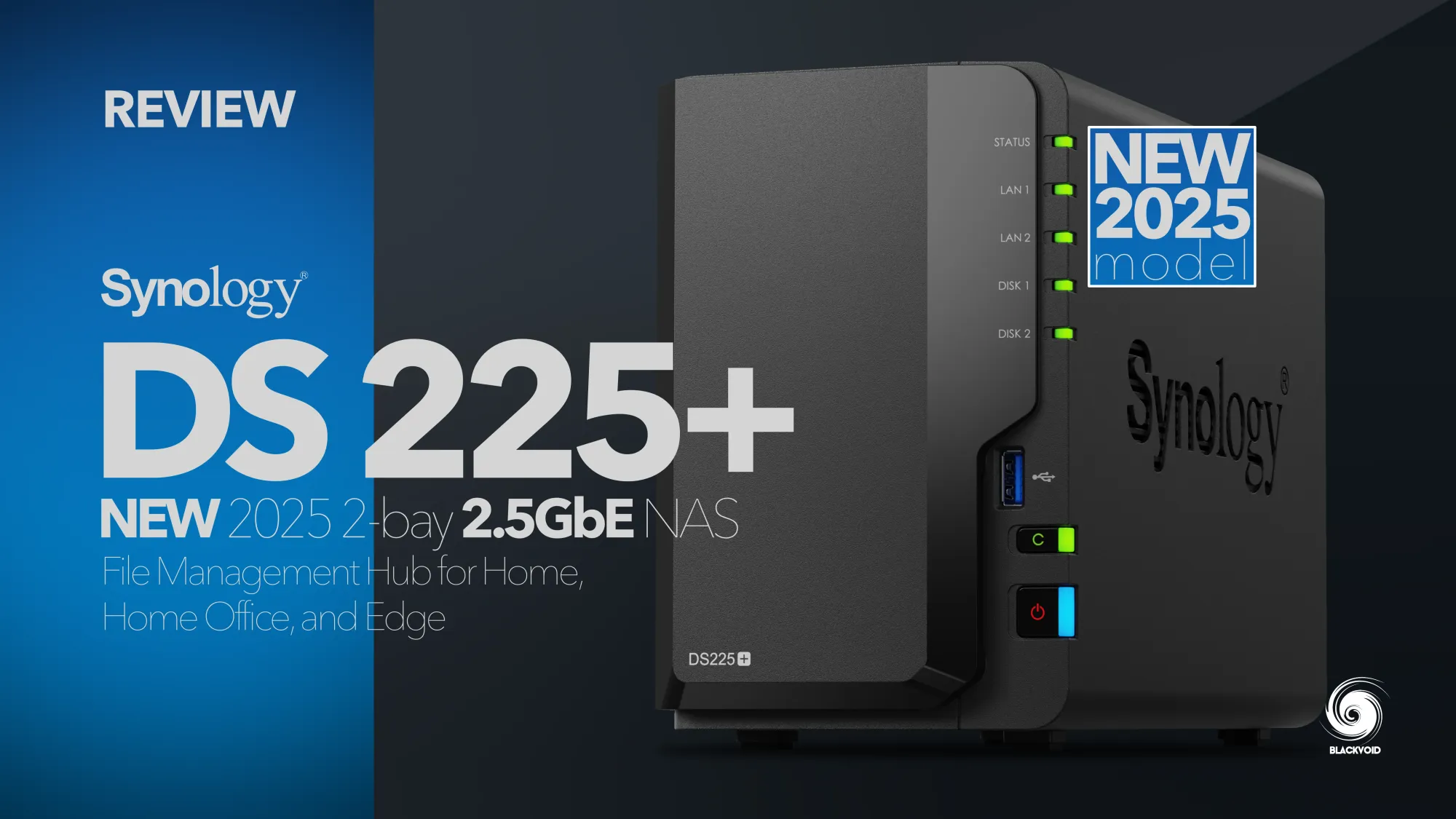
DS225+ as well as DS425+ while still using the same J4125 CPU can no longer utilize Plex HW transcoding
Aside from the fact that Synology killed HW transcoding support on the X25 models on their 5.10.xx kernel, the same setup works fine on the Beestation Plus. The decision there can only be that the company no longer wants to associate their non-SOHO segment of NAS models with any kind of media streaming capabilities.
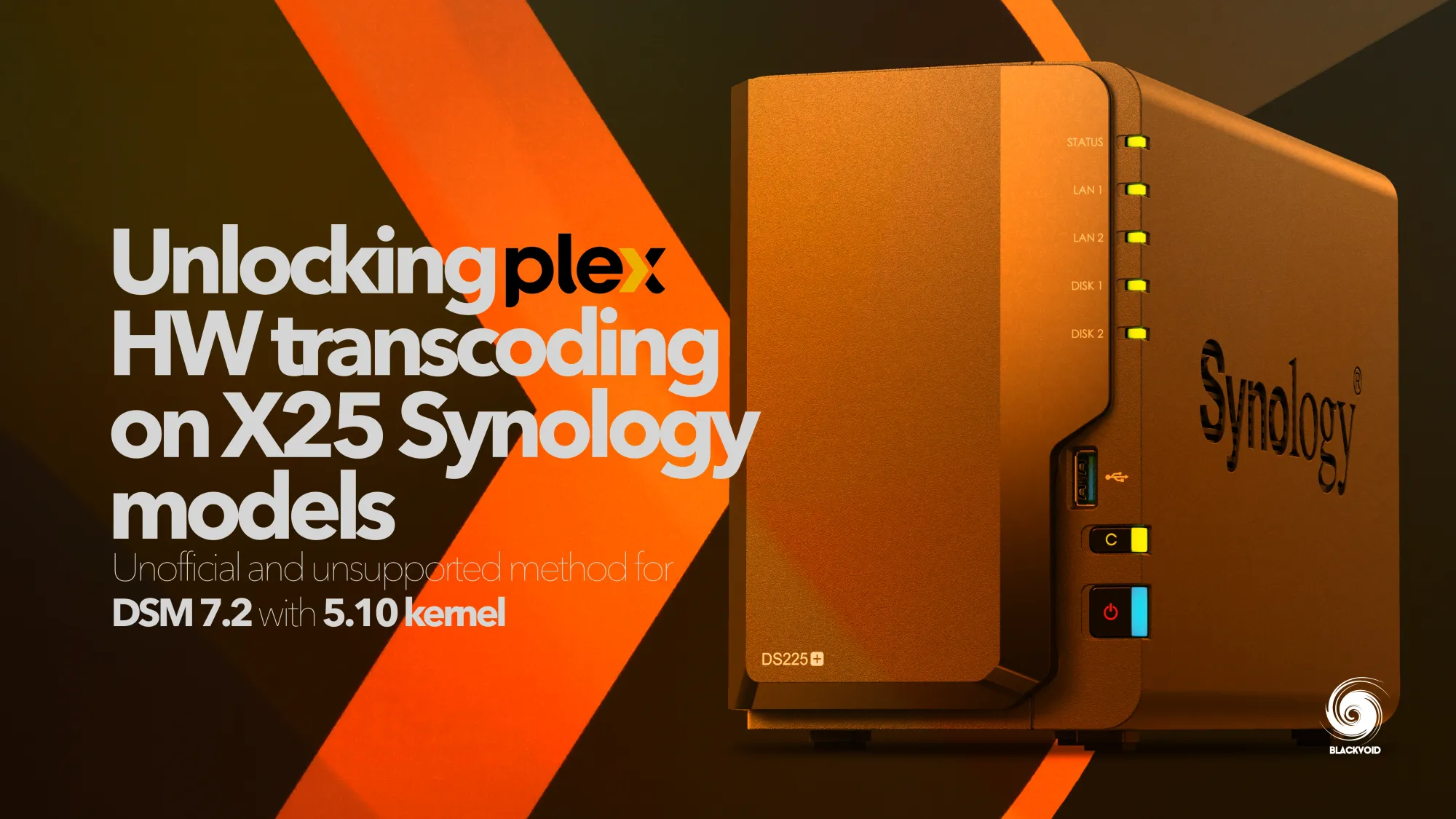
An unofficial and unsupported method of unlocking Plex HW transcoding on X25 models
This being said, it is important to emphasize that Plex still works fine on any Synology NAS, but if and when it comes to HW transcoding, it would be best to look to some alternative solutions.
That is the exact reason why this little cube of a device is being tested. Skipping the fact that many devices nowadays can run Plex and host the server side of things as well as stream with no issues at all, including Synology's "J" series from 2011, or a Raspberry PI, when the need arises to have hardware transcoding, things are much different.
Plex transcoding can kill a Xeon server in a single stream because the CPU has no integrated GPU or QuickSync capabilities, but this 200€ device with N150 performs extremely well in similar situations.
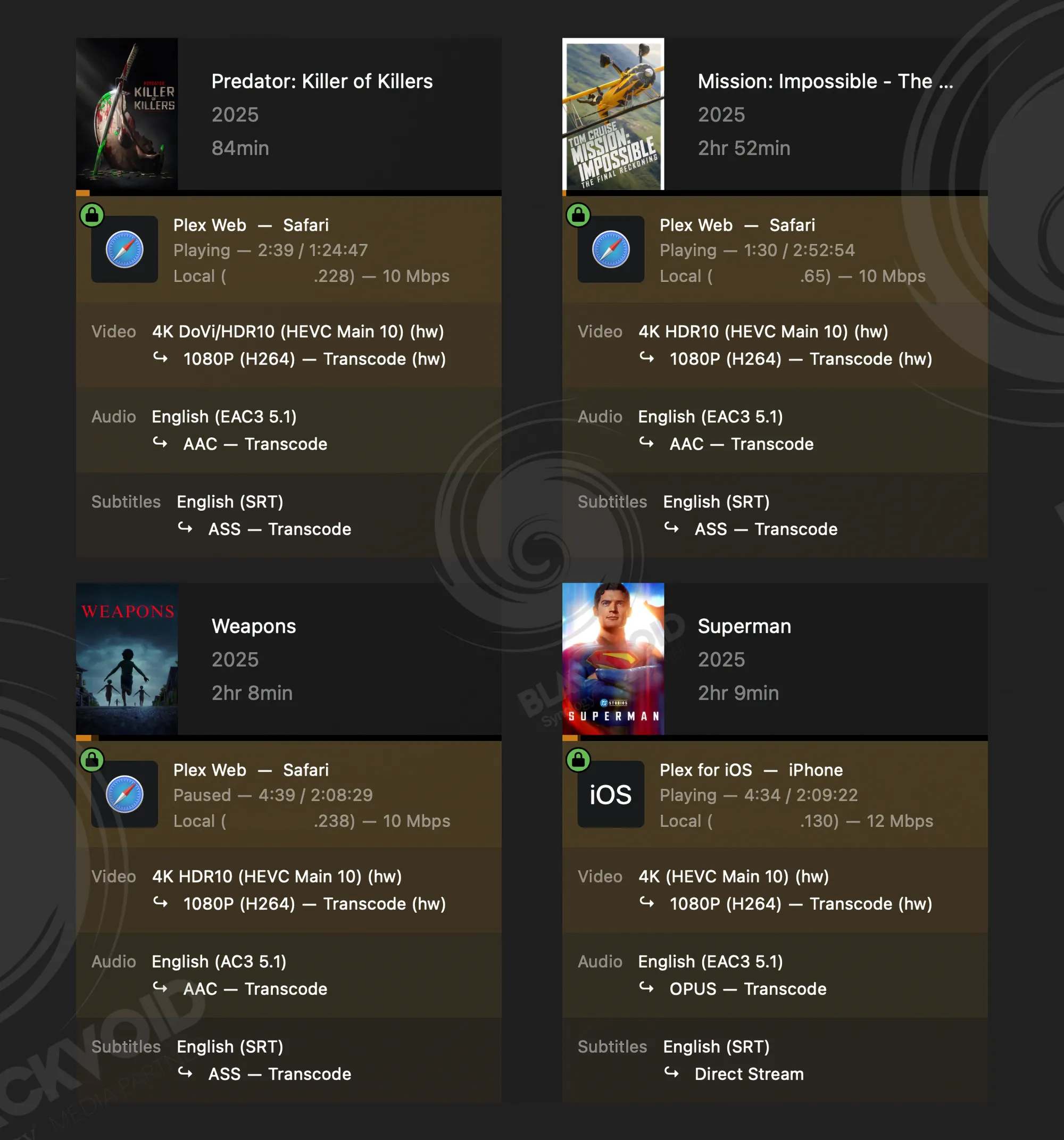
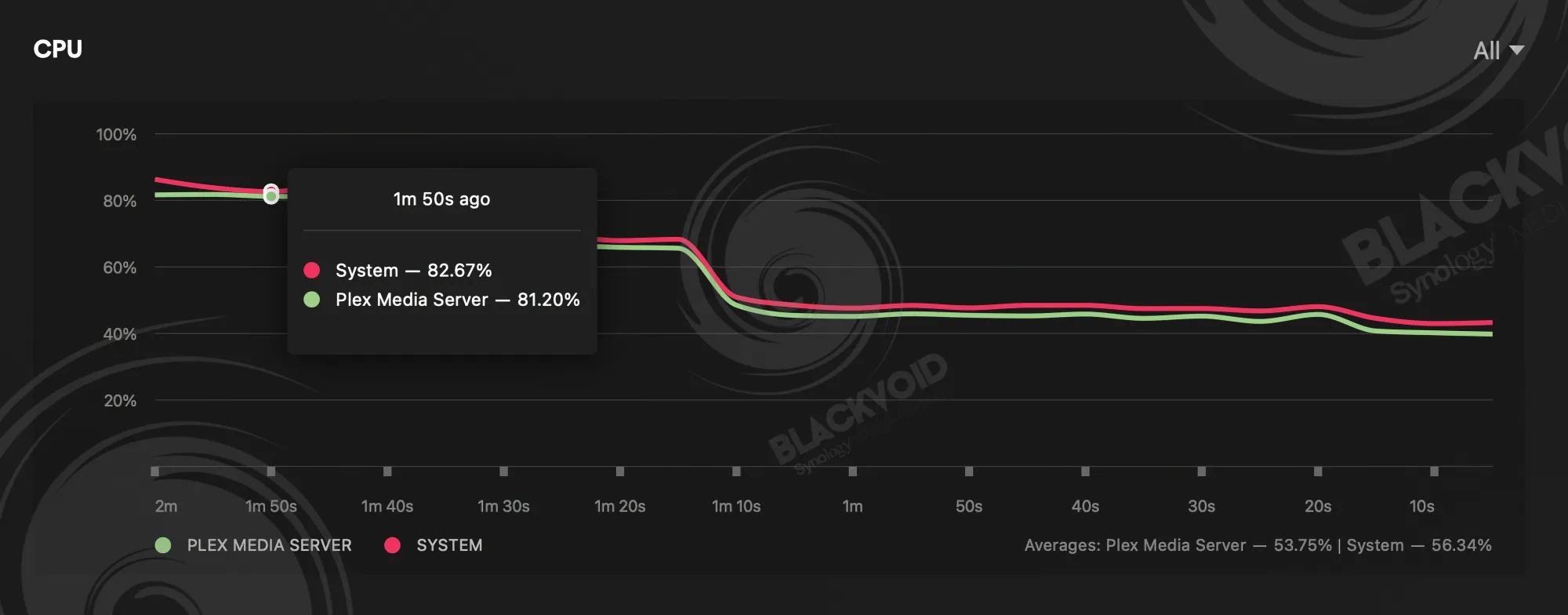
Looking at the images above, we can see that this device, as a Plex server, performs really well when it comes to hardware transcoding. With four parallel 4K > 1080p transcoded streams, the CPU went up to 80%, but within a few minutes, the utilization was stable at 40%.
What this means is that in an unlikely event that four parallel 4K HW transcoded streams kick in, there will still be no issues. It also tells us that once stable, it is capable of a few more transcode tasks, let alone a large number of direct play streams (with no transcoding needed) as well.
Now, some might ask why all this transcoding business when it comes to playing the content that is being self-hosted? Can't we simply optimize those Blu-ray rips to work on all our devices? Sure, that's one way of doing it, but with remote streamers and any number of their devices and internet connections, sometimes it is just easier to let the Plex server do its magic. Having multiple optimized versions also has a storage penalty, and with a compact device such as the ME mini, that is a luxury that we can't afford.
Speaking of storage again, it is worth mentioning that the Beelink, as a Plex server, works great, powered by a Synology NAS in the background, storing all the content. With this kind of scenario, we get the best of both worlds. A fast, compact, and silent Plex server, such as Beelink, and a vast storage pool supported by a Synology NAS.





